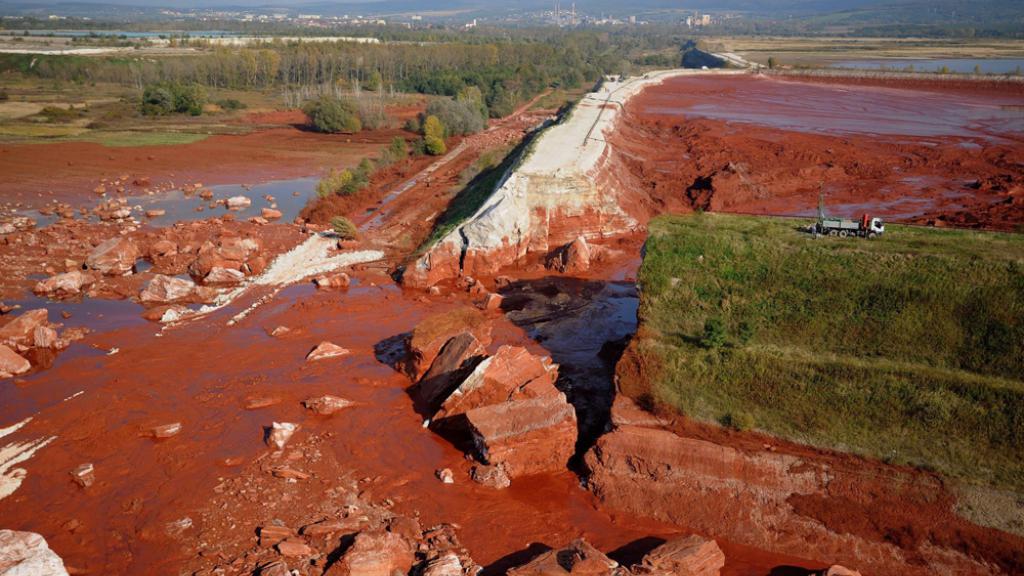ICPDR publishes a technical report on accidental pollution hazard

Presenting the latest in hazard and risk assessments, the ICPDR Technical Report on Accidental Pollution Hazards provides an in-depth analysis of accidental pollution. It highlights updated inventories for Accident Hazard Sites (AHS) and Tailings Management Facilities (TMF), employing advanced methodologies like the Water Hazard Index and Tailings Risk Index. Focusing on the most hazardous sites, the report also offers key recommendations for sustainable pollution prevention
Over the last two decades, the surface water bodies of the Danube River Basin (DRB) have suffered significant damage due to multiple major accidents. These dramatically demonstrated how catastrophic consequences the inappropriate operation of industrial facilities, the lack of adequate safety measures and the technological disasters triggered by natural hazards might have on the aquatic environment, population or socio-economic goods. These events also showed the importance of prompt and effective crisis management, putting into operation emergency measures and actions to minimize the adverse impacts on the environment.
Although preventing and controlling accidental pollution has a long story in the DRB, there is a substantial number of installations associated with high accident hazard in the basin where appropriate safety conditions should be ensured. One of the key activities in the field of accident prevention is the identification of industrial facilities and mining sites, which pose accident hazard to water bodies.
The Accident Prevention and Control Expert Group (APC EG) of the ICPDR regularly updates the accident hazard hot-spot inventory of the DRB and reassesses the accident hazard and risk of these hot-spots to identify the most dangerous sites and to prioritize industrial sectors according to accident hazard. The assessment is based on adopted hazard and risk assessment methods, which provide simple procedures for estimating accidental hazard and risk of industrial facilities and mining sites. Their main objectives are to raise awareness to the accidental pollution in the basin, identify hazard and risk hot-spots, and determine which priority industrial sectors need to be improved in different regions of the basin in order to minimize risk by implementing adequate safety measures and to give advice for financing institutes and decision makers where financial and/or technical supporting projects and capacity building activities should be targeted.
This report provides an overview on the methods and results of the latest hazard and risk assessments accompanied with recommendations on sustainable management of accident hazard hot-spots.






